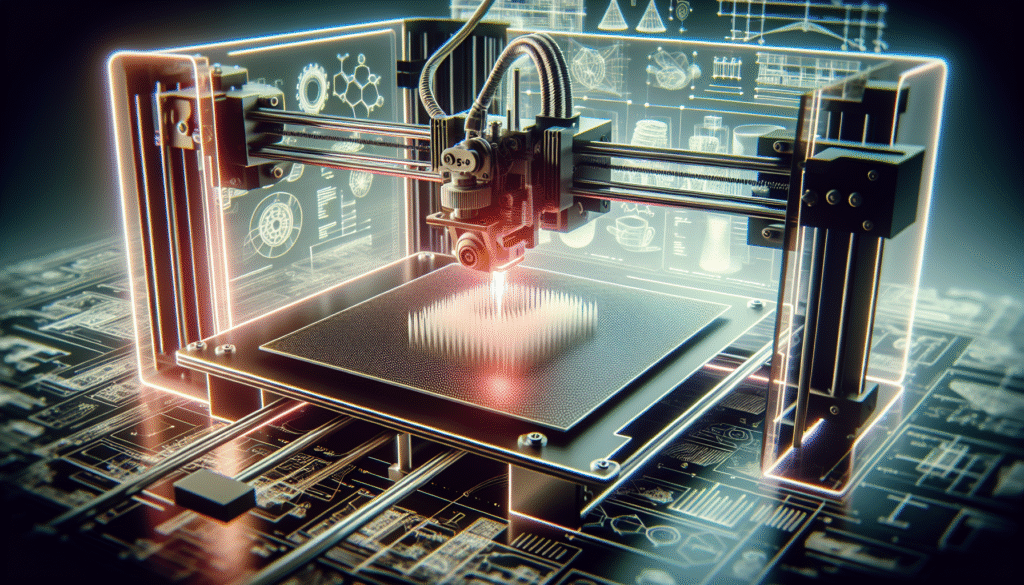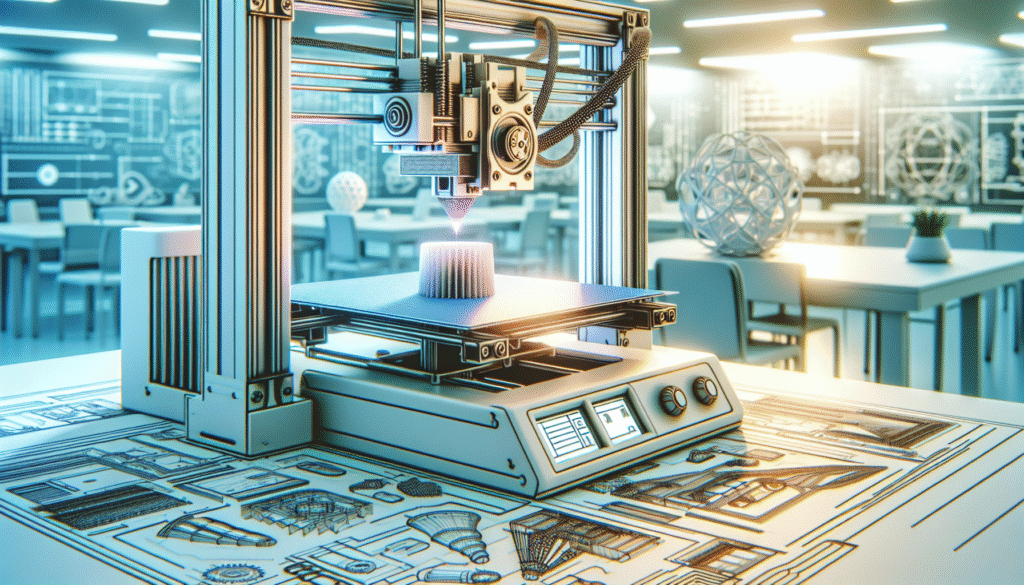Have you ever stopped to wonder about the world of 3D printing and how a simple concept is shaping up to revolutionize industries globally? Since its inception, 3D printing, also acknowledged as additive manufacturing, has been a source of fascination and tremendous innovation. But what’s fueling the industry now is a wave of expiring patents, opening up new avenues for budding businesses and experienced industries alike. Let’s unravel this exciting transformation together.

Understanding 3D Printing and Its Evolution
Before we dive into the specifics of patents and opportunities, it’s vital to get familiar with the core of 3D printing. At its heart, 3D printing involves creating three-dimensional objects layer by layer from a digital file. This technique stands in stark contrast to traditional subtractive manufacturing methods, where materials are removed to achieve the desired shape.
In its beginnings, 3D printing was more of a curiosity, a technology that was limited to prototypes and niche applications. However, with advancements and the democratization of the technology, it’s become the darling of numerous industries, from healthcare to automotive to aerospace.
The Journey: From Conception to Contemporary Use
Tracing back to the 1980s, the birth of 3D printing can be attributed to Charles Hull, who invented stereolithography. Fast forward a few decades, and the technology has proliferated, largely thanks to the expiration of key patents. These historical patents have set the stage for a tech revolution by allowing designers and engineers to explore uncharted territories.
The Significance of Patents in 3D Printing
Patents in 3D printing are akin to keystones in an arch; they hold the gateway open for innovation and commercialization. These legal protections grant inventors exclusive rights to their inventions, encouraging investment and development in new technologies. However, patents have a limited lifespan, commonly 20 years, after which they expire.
The Expiration Effect
So, what happens when these patents expire? The expiration of patents like Fused Deposition Modeling (FDM) in 2009 made high-quality 3D printing accessible to a broader audience, driving down costs and sparking immense creativity and growth.
Consider this scenario: with an expired patent, a technology that was once the monopoly of a handful of players suddenly becomes fair game. This results in a surge of small companies entering the market, each one contributing to the diversity of applications and methodologies.
The Domino Effect of Expiring Patents
Here’s a clear-cut illustration:
| Patent Type | Original Holder | Year of Expiry | Market Impact Post-Expiry |
|---|---|---|---|
| Stereolithography | 3D Systems | 2004 | Evolution in consumer products |
| FDM Technology | Stratasys | 2009 | Rise in desktop 3D printer sales |
| Selective Laser | EOS GmbH | Early 2020s | Increased accessibility and lower costs |

New Market Opportunities Arising from Expiry
With doors previously barred by patents now flung wide open, the horizon for entrepreneurship and innovation is limitless. The barriers to entry are lower, giving more players the platform to test their ideas in the real world.
Growth in Diverse Industries
The influence of nasturtiums is not limited just to planters; akin to this, the far-reaching consequences of expiring patents can be felt in countless sectors:
- Healthcare: Prosthetics and custom implants have become incredibly affordable and accessible.
- Education: Schools can integrate cost-effective 3D printing into curricula, preparing students for dynamic futures.
- Automotive and Aerospace: Improved prototyping and part manufacturing capabilities accelerate innovation cycles.
Nurturing Startups and Entrepreneurs
The expiration of patents does something incredibly vital—it levels the playing field. With costs no longer prohibitive, smaller firms and startups can compete against titans of industry. Some startups have even transformed into industry giants, their foundational principles rooted deeply in open-access technology.
Challenges and Considerations in the Wake of Expiring Patents
Of course, with every silver lining comes its cloud. The broader access to formerly patent-protected technology can lead to some unique challenges.
Market Saturation
As more companies venture into the market, the competition becomes fierce. A flood of products can lead to market saturation, potentially devaluing the technology and making it harder for individual companies to stand out.
Quality Control and Standards
With an influx of manufacturers, maintaining consistent quality becomes critical. The lack of unique patent protections means that companies might resort to shortcuts, affecting the overall quality of products.
Future Prospects: Expanding the Horizon
Despite these challenges, let’s not turn our backs on the opportunities that lie ahead.
Areas of Potential Growth
- Mass Customization: With the reduced cost, personalized consumer goods can become mainstream.
- Sustainable Production: Innovations in sustainable materials for 3D printing are now within reach.
- Advanced Medical Applications: Further research and innovations could lead to breakthroughs in bioprinting organs and tissues.
Anticipating the Next Wave of Expirations
As we analyze the current wave, it’s crucial to keep our eyes on future expirations. As patents for more advanced technologies conclude, the subsequent economic and creative boom could be even more staggering and transformative.
Conclusion: Embracing the 3D Printing Horizon
It’s fascinating to consider how something as technical and complex as a patent landscape can significantly impact an industry so robustly. With expiring patents, 3D printing is craftily inviting a new era of innovation and disruption. Unlike any other period, now is when inventors and entrepreneurs can pull magic out of thin air, layer by layer, strengthening the lattice of their industry with the scaffolding of creativity and opportunity. Amidst the challenges lies the potential for societal transformation, one printed layer at a time.


